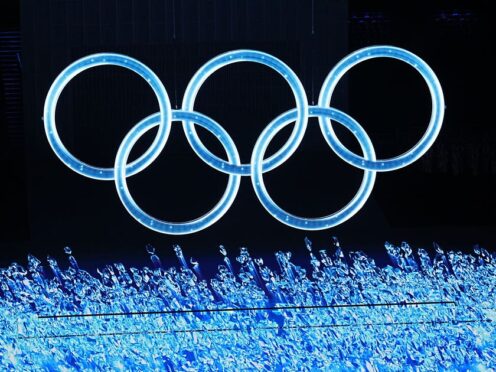The International Olympic Committee is wrong, on current evidence, to say there can be no presumed advantage to transgender women competing in female categories, a new study states.
The IOC has been urged to review the framework for transgender inclusion it published in 2021 in a new paper published in the Scandinavian Journal of Medicine and Science in Sports.
Scientists say there is a mountain of evidence in existing studies highlighting the differences in physical performance between men and women but also “limited but existing evidence” that significant advantages remain even after a trans woman who has been through male puberty has undergone treatment to lower testosterone.
Alun Williams, Professor of Sport and Exercise Genomics at the Manchester Metropolitan University Institute of Sport and co-author of the paper, said: “The IOC’s framework says there is no ‘presumption of advantage’, but the data shows there is physical development that takes place during adolescence in males that gives clear athletic advantages.
“Male development during puberty results in large performance advantages in athletic sports, such as larger muscle mass, heart size, lung capacity, bones, strength, and circulating haemoglobin, which are integral to sports performance.
“It is this exposure to testosterone during adolescent development, not the level of testosterone present in adults, that underpins the difference between the male and female categories, and there is currently no evidence that testosterone suppression in transgender women can reverse male development and negate these advantages.”
The new research uses data to demonstrate the difference between male and female physiology, showing, for example, up to 50 per cent greater upper body muscle mass and 40 per cent greater lower body muscle mass in males, in addition to skeletal differences such as nine per cent greater height and 14 per cent greater shoulder width.
Transgender swimmer Lia Thomas is seeking to challenge World Aquatics rules introduced in 2022 which prohibit her from competing in the female category.
The rules are set to be challenged at the Court of Arbitration for Sport (CAS) by Thomas’ legal team on the grounds that they are discriminatory and that such discrimination “cannot be justified as necessary, reasonable, or proportionate to achieve a legitimate sporting objective”.
Speaking generally rather than specifically on the Thomas case, Professor Williams said proportionality was always a difficult issue to interpret.
“To some, a proportionate response to even a one per cent retained advantage is ineligibility,” he said.

“Some people have asked, is there a meaningful advantage or meaningful difference that still exists (even after testosterone treatment)?”
Asked whether there was a meaningful advantage, Professor Williams replied: “That is what the evidence shows. Whatever the initial (performance) difference is, typically less than half of that difference seems to be removed (by the lowering of testosterone) in the scientific studies examined.
“At least half (the advantage) in most of the things that we’re talking about – muscle mass and strength and endurance and so on – seems to remain.”
The IOC has been contacted for a response.
